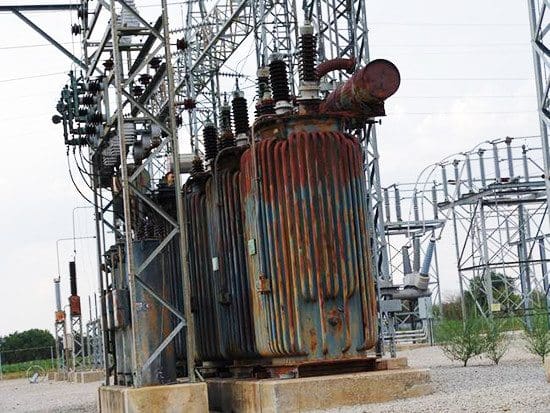electrofelon
Senior Member
- Location
- Cherry Valley NY, Seattle, WA
- Occupation
- Electrician
I found this formula from a utility bid spec sheet and though it was interesting.
TOC = PRICE + NL WATTS* 4.50 + LL WATTS* 1.575
where
TOC = Total ownership cost
PRICE = Purchase price quoted
NL WATTS = quoted no-load losses in watts
LL WATTS = quoted load loss watts
I have a step up step down transformer setup at my house, and have done several for customers and the losses are certainly a huge consideration., particularly when used transformers can often be had quite cheaply, but they have significantly more losses than new units. I have three 15kva units at my house and the no load losses range from .4% for my newest DOE 2016 unit, to 1% for an older unit. This formula of course doesnt seem appropriate for a retail rates. Im thinking of multiplying those NL and LL constants by about 4 for retail rates. What do you think? Clearly NL losses are easier to amortize than load losses.
TOC = PRICE + NL WATTS* 4.50 + LL WATTS* 1.575
where
TOC = Total ownership cost
PRICE = Purchase price quoted
NL WATTS = quoted no-load losses in watts
LL WATTS = quoted load loss watts
I have a step up step down transformer setup at my house, and have done several for customers and the losses are certainly a huge consideration., particularly when used transformers can often be had quite cheaply, but they have significantly more losses than new units. I have three 15kva units at my house and the no load losses range from .4% for my newest DOE 2016 unit, to 1% for an older unit. This formula of course doesnt seem appropriate for a retail rates. Im thinking of multiplying those NL and LL constants by about 4 for retail rates. What do you think? Clearly NL losses are easier to amortize than load losses.


